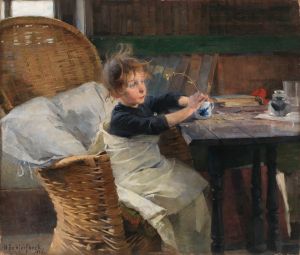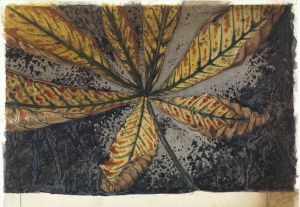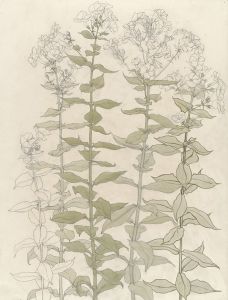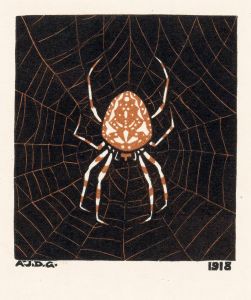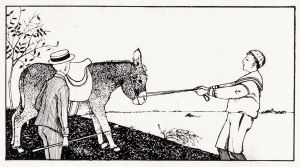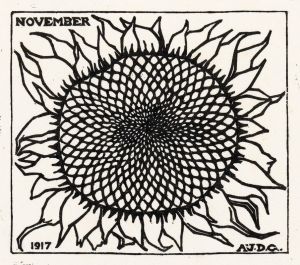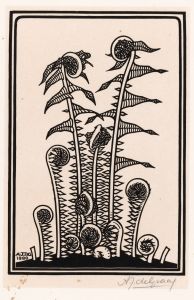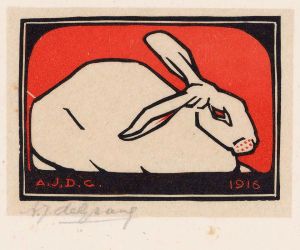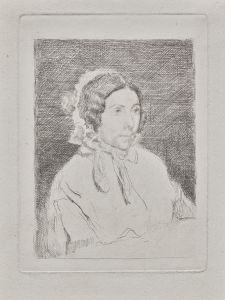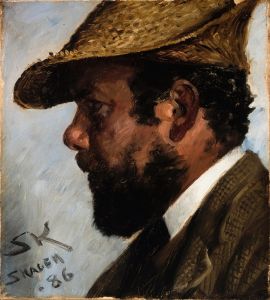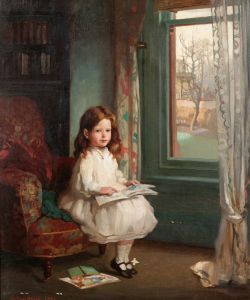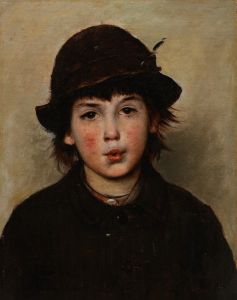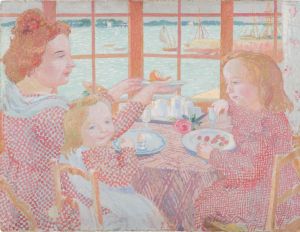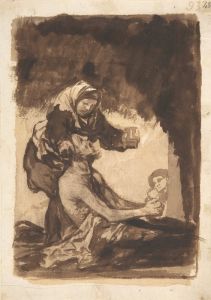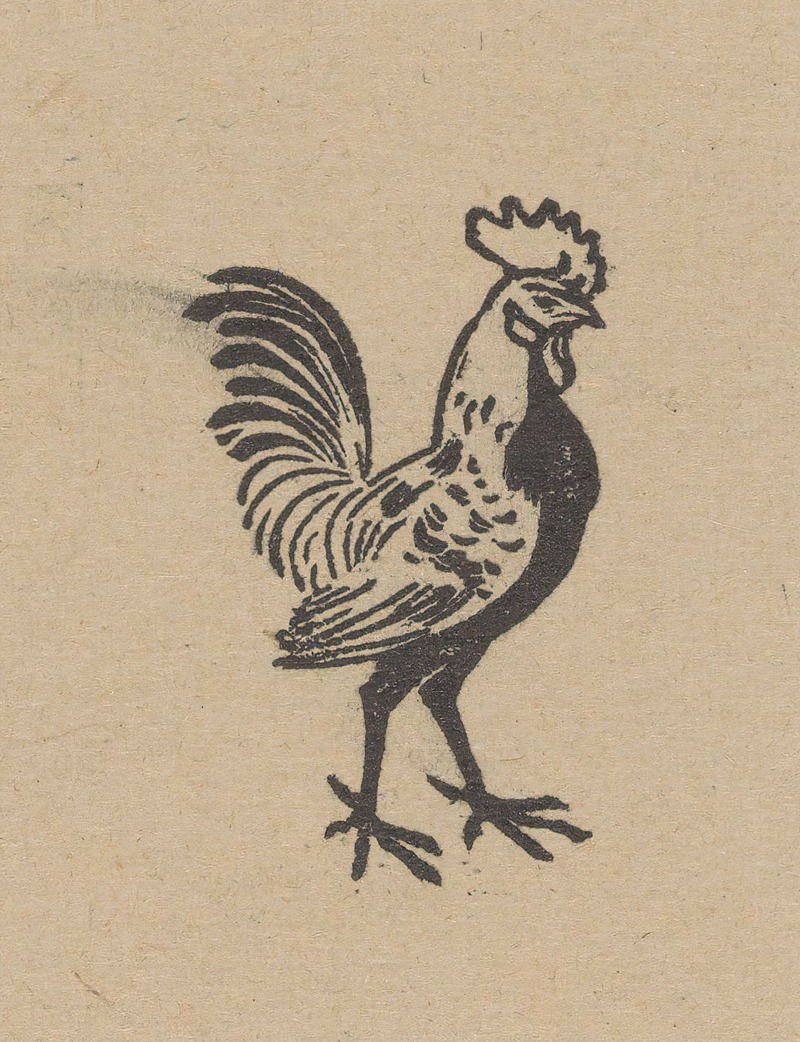
Haan
A hand-painted replica of Julie de Graag’s masterpiece Haan, meticulously crafted by professional artists to capture the true essence of the original. Each piece is created with museum-quality canvas and rare mineral pigments, carefully painted by experienced artists with delicate brushstrokes and rich, layered colors to perfectly recreate the texture of the original artwork. Unlike machine-printed reproductions, this hand-painted version brings the painting to life, infused with the artist’s emotions and skill in every stroke. Whether for personal collection or home decoration, it instantly elevates the artistic atmosphere of any space.
Julie de Graag (1877–1924) was a Dutch artist known for her distinctive style in graphic arts, particularly her woodcuts and linocuts. One of her notable works is "Haan" (translated as "Rooster"), which exemplifies her skill in capturing the essence of her subjects with minimalistic yet expressive lines.
"Haan" is a woodcut created by de Graag, showcasing her interest in animal subjects and her ability to convey their character through simple yet powerful imagery. The artwork features a rooster, a common subject in de Graag's oeuvre, rendered with bold lines and a strong sense of form. The composition is marked by its clarity and the effective use of contrast, which highlights the rooster's distinctive features such as its comb, wattle, and feathers.
Julie de Graag was part of the Dutch art movement known as the Hague School, which was influenced by the realism and naturalism of the late 19th and early 20th centuries. Her work, however, also shows elements of Art Nouveau, particularly in her use of stylized forms and decorative patterns. De Graag's prints often reflect a keen observation of nature, and she had a particular affinity for depicting animals and plants, capturing their essence with an economy of means.
The technique of woodcut, which de Graag employed in "Haan," involves carving an image into the surface of a wooden block, with the raised areas representing the parts that will be inked and printed. This method allows for strong contrasts and bold lines, which are characteristic of de Graag's work. Her prints are noted for their precision and the way they balance simplicity with detail, creating images that are both striking and serene.
De Graag's career was relatively short, as she struggled with health issues and ultimately took her own life in 1924. Despite this, her work has been recognized for its contribution to Dutch graphic art, and she is remembered for her unique artistic voice. Her prints, including "Haan," continue to be appreciated for their technical skill and artistic expression.
"Haan" is a testament to Julie de Graag's ability to distill the essence of her subjects into a few well-chosen lines and shapes. The rooster, a symbol of vigilance and dawn, is depicted with a sense of dignity and presence, reflecting de Graag's respect for the natural world. Her work remains an important part of the Dutch artistic heritage, celebrated for its clarity, elegance, and the artist's deep connection to her subjects.
In summary, "Haan" by Julie de Graag is a fine example of early 20th-century Dutch graphic art, showcasing the artist's skill in woodcut techniques and her ability to capture the spirit of her subjects with simplicity and grace.





